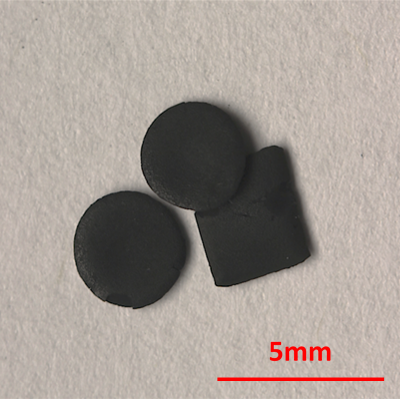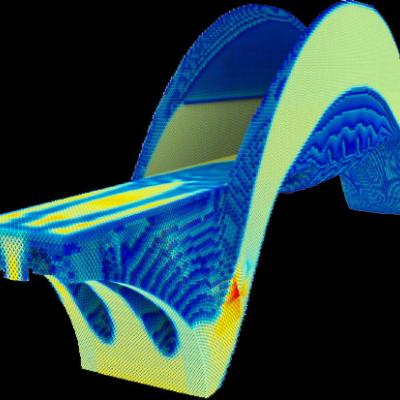The LiDO code combines finite element analysis, design sensitivity analysis and nonlinear programming in a High-Performance Computing (HPC) environment that enables the solution of large-scale structural optimization problems in a computationally efficient manner. Currently, the code uses topology optimization strategies in which a given material is optimally distributed throughout the domain…
Keywords
- Show all (57)
- Synthesis and Processing (16)
- Materials for Energy Products (6)
- Data Science (5)
- Additive Manufacturing (4)
- Cybersecurity (4)
- Material Design (4)
- 3D Printing (2)
- Computing (2)
- Imaging Systems (2)
- Membranes (2)
- Simulation (2)
- Additively Manufactured (AM) Optics (1)
- Information Technology (1)
- Instrumentation (1)
- Material Characterization (1)
- Quantum Science (1)
- Structural Materials (1)
- (-) Analysis (1)
- (-) Magnet Compositions (1)
Technology Portfolios
Image

LLNL uses the additive manufacturing technique known as Electrophoretic Deposition to shape the source particle material into a finished magnet geometry. The source particle material is dispersed in a liquid so that the particles can move freely. Electric fields in the shape of the finished product then draw the particles to the desired location to form a “green body”, much like an unfired…

